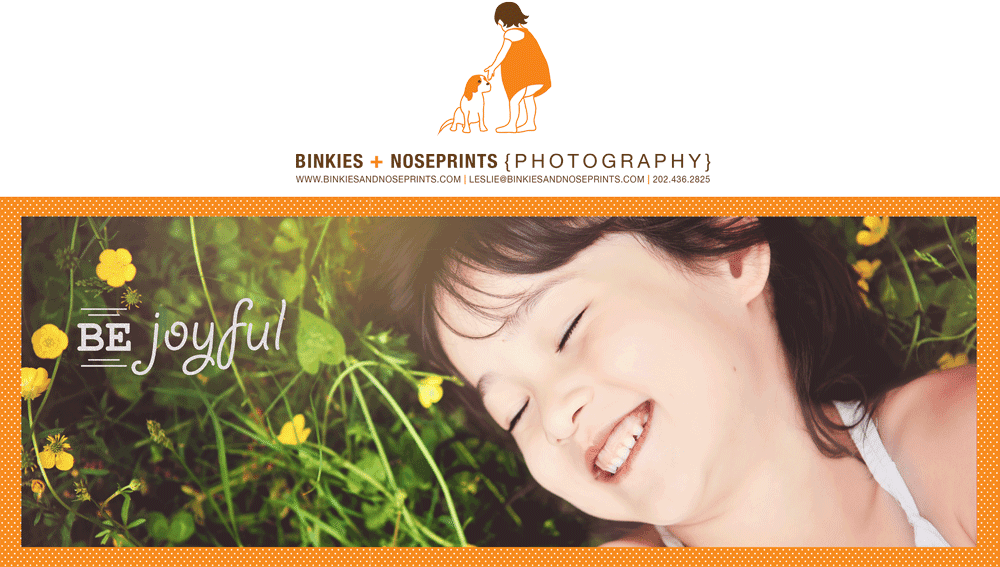It dawned on me last night that I didn't keep my promise to talk about how to shoot in Manual mode! Although I hope you found last week's tips + tricks on ordering photo cards helpful ;-)
As I mentioned, shooting portraits in Aperture Priory mode will get you pretty awesome results with the right lens (aperture of F/2.8 or lower). However, shooting in Manual mode allows you to customize your photographic "look", which in turn helps you tell your story by strengthening your point of view. For instance, if you like airy, light, ethereal images, you would probably set your exposure slightly higher (overexpose) than what the camera's meter tells you. On the other hand, if you like dense, dark, moody images, you would probably set your exposure slightly lower (underexpose).
Remember, exposure comprises of three major elements that I'd like to call the Trifecta of Exposure: Aperture, ISO and Shutter Speed. While the Trifecta operate in different ways, their shared primary function is to regulate how much light enters through the lens and into the camera.
When I'm doing an onsite shoot with younger children, it is nearly impossible to adjust my camera settings for every single shot. So instead, I survey the environment and the conditions around me and ask myself these questions. By answering these questions (in sequence), I could then make educated guesses on how to adjust my camera settings for a particular situation:
Is the background distracting or complements the story that I'm trying to capture? How blurry do I want the background?
This is the setting that I lock down FIRST when I shoot. I'm a sucker for a creamy, blurry background. I think it highlights my subjects rather well. My lens is usually set between F/1.2 to F/2.8 for this purpose. However, sometimes you may want to rely on the background to help you tell the story. In that case, you could dial up the F-stop to F/4.0 or F/5.6 for a single subject, or up to F/8.0 for a large group of people. Remember:
Low F-stop --> wider aperture --> more light into sensor and shallower depth of field (DOF) --> more exposure and blurrier background
How much light do we have? Are we in full sun, open shade or indoors?
Once I set my Aperture value, I then try to understand how much light and the type of light I am dealing with, so that I could set my ISO to a specific value and leave it there. For instance, if I am in full sun with tons of brilliant fall light, I would opt to set my ISO at 200, or even 100 for less sensitivity and more color. If I am in open shade or cloudy condition, I would set my ISO at 200 or 400 for more sensitivity. If I am indoors with limited natural light, I would set my ISO at 800 or above for the most sensitivity. EXCEPTION: if you have a lens that will allow you to shoot wide open at F/1.4 or F/1.2, you could set your ISO lower in low-light conditions; a lower ISO will give you images less noise (dark speckles that make your images fuzzy) and better color saturation. Remember:
Low ISO --> less sensitivity --> less light into sensor --> less noise and more colors saturation
How mobile are my subjects and how fast are they moving?
As any parent knows, taking photos of moving children can be tricky to say the least. In order to capture a moving subject and still remain sharply focused, you would need to set your shutter speed at 1/125sec at the minimum, preferably at 1/250sec or higher. At a shutter speed less than 1/60sec, you will need to use a tripod in order to avoid motion blur. If you find, at this point (with the Aperture and ISO already set), you need to dial down the shutter speed to below 1/125sec, then you could adjust the Aperture to a lower f-stop or adjust the ISO to higher sensitivity. This all depends what is more important to you -- blurry background or color saturation. Remember:
High shutter speed --> shutter open for less time --> less light --> capture faster motion
Since shutter speed is the easiest of the Trifecta to change, it's the only adjustment I make when I need to adjust exposure mid-shoot.
With practice, you could be shooting in Manual mode like a pro in no time!
 |
| F/2.8, ISO 400, 1/125sec --> I set the Aperture at F/2.8 because I wanted to focus on the girls and the pink balloon, while at the same time include the picnic shelter beyond to tell the story in context. It was a cloudy moment during the day, so I picked ISO 400 to avoid too much noise but still be able to capture the strong colors of the surrounding foliage. Lastly, because the girls are just sitting quietly, I was able to use a slower shutter speed and keep the subjects in sharp focus. |















